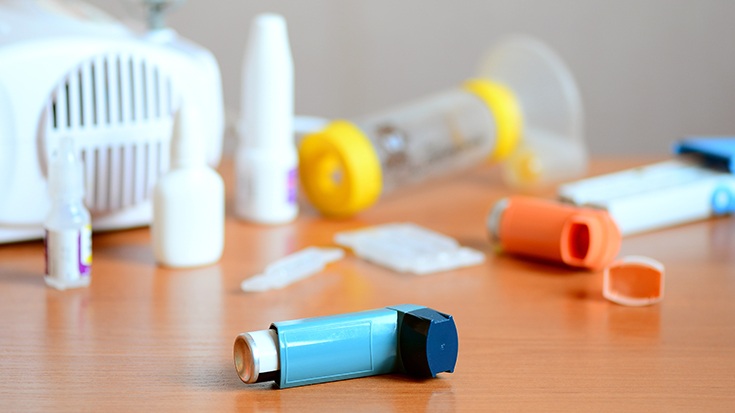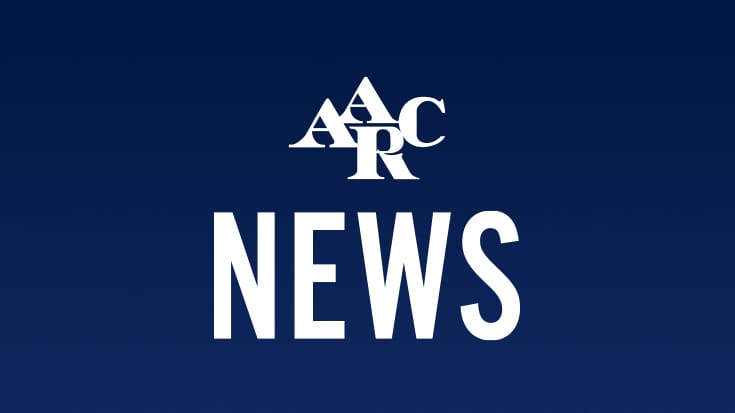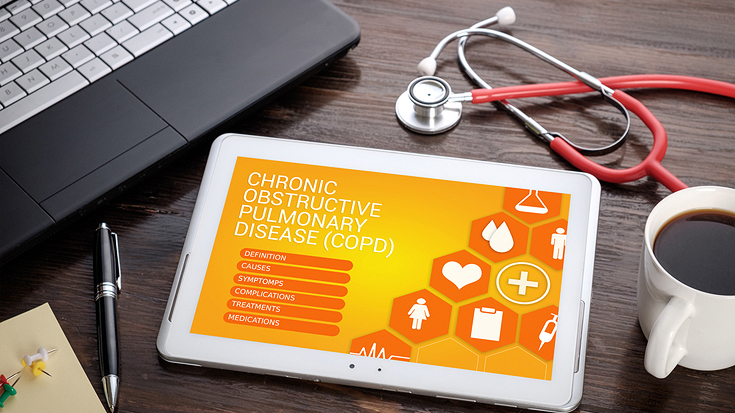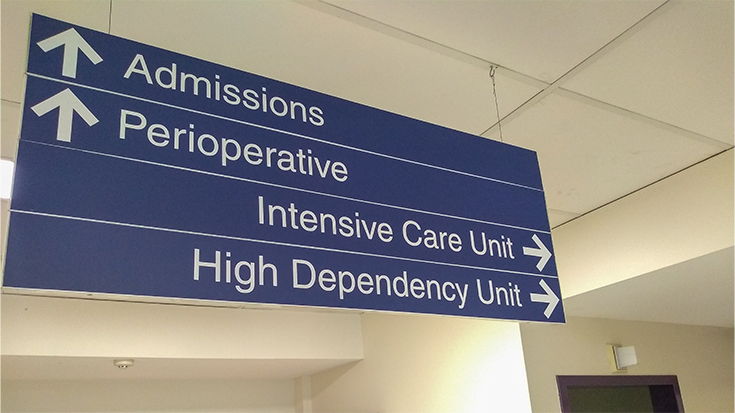
In 1998, the National Heart Lung and Blood Institute and the World Health Organization created the multinational Global Obstructive Lung Disease (GOLD) consortium. Members of GOLD consisted of a broad range of international experts on chronic obstructive lung disease (COPD). GOLD was charged with providing evidence-based recommendations on the diagnosis management and prevention of COPD.
The first GOLD guidelines document was published in 2001 and has had four significant revisions (the last in 2017) and frequent yearly updates. From these guidelines have come widely accepted definitions, diagnostic algorithms (including GOLD “stages” or “grades”), treatment protocols, and prevention strategies that are a mainstay for respiratory therapists and other professionals who are involved in COPD management.
The 2021 yearly GOLD update has recently been released (goldcopd.org). 242 new references have been added, and significant changes occurred in Chapter 3 (Management and prevention of COPD), Chapter 6 (Co-morbidities with COPD), and Chapter 7 (a new chapter addressing COVID-19):
Chapter 3
The update re-emphasizes that stopping cigarette smoking is critical for managing COPD. The update also presents a discussion on e-cigarettes as a replacement for regular cigarettes. It cites evidence that replacement efficacy is controversial, that e-cigarettes contain multiple compounds with potential toxicity, that disease syndromes including eosinophilic pneumonia and alveolar hemorrhage have been linked to e-cigarettes (e-cigarette vaping associated lung injury or EVALI), and that long term effects of e-cigarette usage are unknown.
Vaccine recommendations still include influenza and pneumococcal vaccine but now added the Tdap(dTaP/dTPa) vaccine for pertussis. This 2021 update was adopted too soon to comment on the COVID-19 vaccines.
Evidence supporting so-called “triple therapy” (combined fixed dose LAMA/LABA/ICS use) has been added to pharmacologic recommendations for maintenance therapy of COPD patients with frequent exacerbations/severe symptoms. Importantly the emerging data suggests a mortality benefit in this population.
The role of oxygen in COPD patients with only exercise-induced hypoxemia is controversial in that supplemental oxygen in such patients improves exercise performance, but the long-term effects remain unclear. Therefore, the 2021 update adds the role of high flow (i.e., up to 60L/min), high humidity oxygen therapy (HFOT) to the discussion, noting a recent study showing improvement in walk distance but not overall health status.
Finally, the update reviewed the growing evidence base supporting long-term nocturnal non-invasive ventilation (NIV) in chronically hypercapnic COPD patients. However, the critical PCO2 thresholds and the role of frequent/recent exacerbations in predicting benefit remain unclear.
Chapter 6
COPD often exists with co-morbidities that include lung cancer and ischemic heart disease. In addition, osteoporosis and anxiety/depression are also commonly present. The update addressed several issues involving these co-morbidities.
Using beta-blockers to treat heart failure has been clearly demonstrated to improve outcomes. However, beta-blocker use can be confusing in COPD, given concern for potential airway constriction. In this update to GOLD, the recommendation to use selective beta-1 blockers to manage heart failure is re-emphasized. Another addition is the observation that ischemic cardiac events are more common in the 90 days post an exacerbation of COPD.
Finally, the 2021 update notes the importance of cognitive impairment (CI) as an essential co-morbidity with COPD. CI has been observed across all stages of spirometric impairment and has been linked to impaired ability to manage ADLs and increased risk of hospitalization.
Chapter 7
The worldwide COVID-19 pandemic has impacted COPD patients in several ways:
- Potential increased susceptibility to infection with more severe respiratory disease;
- Reduced access to care providers and testing facilities;
- Reduced access to pulmonary rehabilitation; and
- Access to medications.
Infection risk and severity of COVID-19 respiratory impairment in COPD have been challenging to quantify. However, at least some data suggest an increase in infection risk and higher rates of hospitalization. On the other hand, COPD patient behaviors may mitigate these risks by minimizing social gatherings and taking extra care to reduce contact with sick individuals.
Protective strategies for COPD patients against COVID-19 are like those recommended for non-COPD patients. Surgical masks (or face shields/loose face coverings for those intolerant of masks) covering the nose/mouth should be worn whenever human contact is possible. N95 masks may offer more protection, but the extra inspiratory resistance may impose an unacceptable work of breathing.
The 2021 update emphasizes COVID-19 testing for COPD patients with suggestive respiratory symptoms, including those associated with COPD exacerbation. It is acknowledged that policies for testing after exposure are quite variable depending upon the local health care system policies. If a COPD patient develops symptomatic COVID-19 infection, treatment strategies are the same as those used in non-COPD patients.
Spirometry testing is a potential aerosol-generating procedure that can put both other patients being tested and the tester at risk. While data demonstrating this are limited, ATS and ERS have published guidelines addressing procedures to be followed if spirometry is deemed important to perform. Patients with known COVID-19 infection should not be tested.
The use of ICS in preventing and managing COPD patients during the COVID-19 pandemic has been controversial. ICS use effectively controls COPD symptoms and maintains lung function, which may help during a COVID-19 infection. However, laboratory studies on steroid effects are conflicting – some showing steroids reduce viral replication while others demonstrate impaired anti-viral defenses from steroids. To quote the 2021 update: “There are no conclusive data to support alteration of maintenance COPD pharmacologic treatment….and unless evidence emerges, these patients should continue these medications required for COPD.”
Nebulizer use, by definition, is an aerosol-generating procedure that can put others in contact with the treatment at risk. The update encourages the use of pMDIs, soft mist inhalers, and DPIs whenever possible. If you must use a nebulizer, good ventilation, filtering, and caregiver protection are essential. Oxygen therapy has similar considerations, and a mask should be worn over the nose/mouth.
Chapter 3- vaping, pertussis vaccination, ICS, triple, beta blockers, HFOT rehab, NIV in stable
Chapter 6 – beta blockers, MI risks, cognitive issues
Chapter 7 – new chapter on COVID
Email newsroom@aarc.org with questions or comments, we’d love to hear from you.














